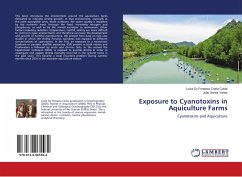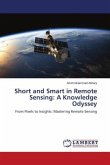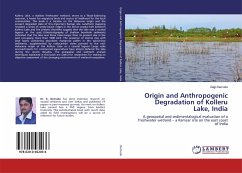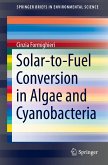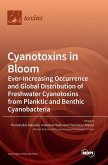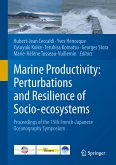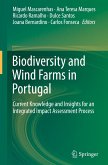This book introduces the environment around the aquiculture tanks dedicated to intensive shrimp growth. In that environment, especially at the most susceptible ones, those outdoors, the water quality is impacted by the nutrients input through the feed, increasing nitrogen and phosphorus, as well as by the animal excretion as ammonium. Other factors including radiation, temperature, rainfall, salinity are more difficult to control in open environments and therefore can favor the development and growth of harmful cyanobacteria. We present here data on two case studies in which the shrimp Penaeus vannamei was exposed to different concentrations of cyanotoxins. In the first, an exposure to a neurotoxin (saxitoxin or paralytic shellfish poisoning, PSP) present in both marine and freshwaters is followed by acute and chronic tests. In the second the hepatotoxin nodularin (NOD), is exposed to juvenile shrimp in order to investigate and explain shrimp mortality occurred in the growth tanks in the past years. This became a local recurrent problem during summer months since 2010 at the seawater aquiculture station.
Bitte wählen Sie Ihr Anliegen aus.
Rechnungen
Retourenschein anfordern
Bestellstatus
Storno

